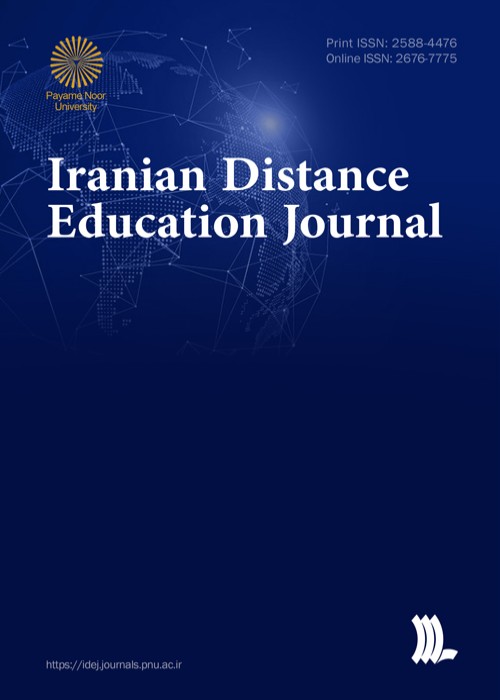The Comparative Study of Learning Styles Among Students in The Electronic and Traditional Courses in Payame Noor University and Its Relationship with the Satisfaction of the Quality of Learning Courses
This research aimed to study the relationship between learning styles among two groups of electronic and traditional students in PAYAM NOOR University and its relationship with the satisfaction. The research method was descriptive and co relational research. The study population included all male and female master students of electronic (virtual) (N=1400) and traditional (N=1600) courses of PNU in 1395-1396.Using Cochran formula, the estimated sample size of students for traditional and electronic courses were equal to 310 and 302 respectively (totaled 612). The sample size was selected by stratified random sampling method with proportional assignment. In order to collect data, Kolb (1999) learning styles questionnaire and Bahrani and Jokar (1378) critical student satisfaction questionnaire were used. For both, traditional and electronic groups, between learning styles (convergent, divergent, assimilator and accommodator) and satisfaction, there was a significant relationship. The results showed that in the traditional course converging, diverging, assimilator and accommodator styles have the highest relationship with the academic satisfaction. In electronic courses, divergent, assimilator, and convergent styles have the most relation to academic satisfaction. The study of the status of learning styles in the electronic group showed that the convergent learning style with (14.57%), has the least frequency, divergent with (30.79%) has the highest frequency, the assimilator style has (28.14%) and the accommodator has (26.49%) frequency. Regarding the status of learning styles in the traditional group, convergent and accommodator style have the least frequency and the assimilator learning style has the most frequency. In terms of quality assessment, most students were not satisfied with the traditional courses and in contrast, the electronic group had more academic satisfaction.
- حق عضویت دریافتی صرف حمایت از نشریات عضو و نگهداری، تکمیل و توسعه مگیران میشود.
- پرداخت حق اشتراک و دانلود مقالات اجازه بازنشر آن در سایر رسانههای چاپی و دیجیتال را به کاربر نمیدهد.


